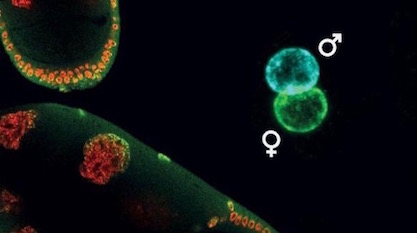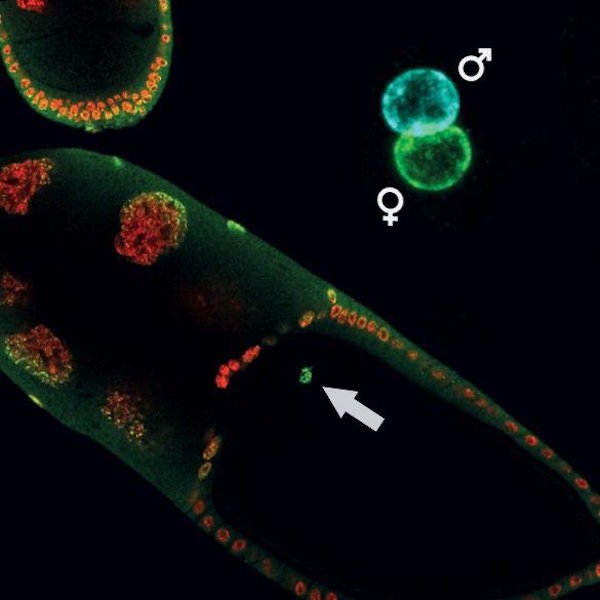 Evolution
Evolution
Evolution’s Third Rail — Transgenerational Epigenetics Can Have a Profound Impact


In the spring of 2006 I gave a talk on the campus of Cornell University and afterwards was joined by then Cornell professors Richard Harrison and Kern Reeve for a sort of panel discussion or debate about biological evidences and origins. I presented a dozen or so interesting and important evidences that I felt needed to be recognized in any discussion of origins. The evidences falsified key predictions of evolution and so needed to be acknowledged and reckoned with, one way or another.
One of the items on my list was the so-called directed adaptation mechanisms which, broadly construed, can include everything from non-random, directed, mutations to transgenerational epigenetic inheritance. But I was in for a big surprise when Harrison and Reeve gave their response.
Directed adaptation is reminiscent of Lamarckism. Rather than natural selection acting over long time periods on biological variation which is random with respect to need, directed adaptation mechanisms provide rapid biological change in response to environmental challenges. Like physiological responses, directed adaptation can help an organism adjust to shifts in the environment. But those adaptations can then be inherited by later generations. Stresses which your grandparents were subjected to may be playing out in your own cells.
In the 20th century, evolutionists had strongly rejected any such capability. Lamarckism was the third rail in evolutionary circles. And for good reason, for it would falsify evolutionary theory. But empirical evidence had long since pointed toward the unthinkable, and by the 21st century the evidence was rapidly mounting.
While there was of course still much to learn in 2006 about directed adaptation (as there still is today for that matter), it could no longer be denied, and needed to be addressed. At least, that is what I thought.
I was shocked when Harrison and Reeve flatly denied the whole story. Rick waved it off as nothing more than some overblown and essentially discredited work done by Barry Hall and John Cairns, back in the 1970s and 80s (for example here).
But there was a body of work that had gone far beyond the work of Hall and Cairns. Incredulously I responded that entire books had been written on the subject. Rick was quick to respond that “entire books are written about all kinds of discredited things.”
True enough. It was me versus two professors on their home turf with a sympathetic audience, and there was no way that I was going to disabuse them of what they were convinced of.
Confirmation testing and theory-laden evidence are not merely philosophical notions. They are very real problems. I’m reminded of all this every time a new study adds yet more confirmation to the directed adaptation story, such as the recent paper out of Nicola Iovino’s lab on transgenerational epigenetic inheritance in house flies, which states:
Gametes carry parental genetic material to the next generation. Stress-induced epigenetic changes in the germ line can be inherited and can have a profound impact on offspring development.
The press release gives little indication of the controversy as it admits that these findings were once considered impossible:
It has long been thought that these epigenetic modifications never cross the border of generations. Scientists assumed that epigenetic memory accumulated throughout life is entirely cleared during the development of sperms and egg cells.
It is hard enough to see how organisms can respond intra-lifetime to environmental challenges, but how can it be inherited as well? For epigenetic changes that occur in somatic cells, that information must enter into the germ line as well. Somehow it must be incorporated into the sperm and/or egg cells.
It is an enormous problem to explain how such capabilities evolved. Not only are a large number of mutations required to make this capability work, it would not be selected for until the particular environmental condition occurred. That means that, under evolution, it would be not preserved, even if it could somehow arise by chance.
Photo credit: Epigenetic inheritance in fruit flies (more information here), by MPI of Immunobiology a. Epigenetics/ F. Zenk, via Science Daily.
